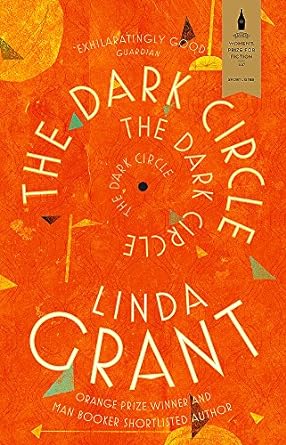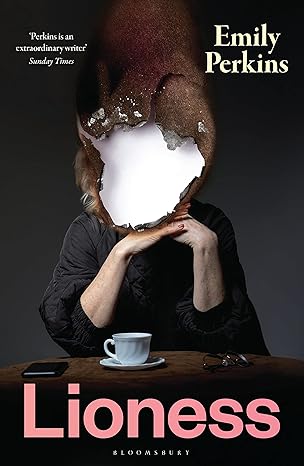
Our September read at George Eliot was The Dark Circle by Linda Grant. Written in 2016 and shortlisted for the Women’s Prize for Fiction, it’s set in the 1950s and tells the story of teenage twins Lenny and Miriam. The twins have contracted tuberculosis and are sent away from their regular life working and living in post-war London to a sanitorium in the Kent countryside. The book takes us through their experiences in the sanitorium and introduces us to many of the other patients. Lenny and Miriam are sent to the previously private sanitorium as part of the newly established NHS, and the book gives a believable insight into how things worked at the start of our health service.
Our group were very positive about the novel, we thought it gave a believable and immersive picture of the post-war 1950s. Our reading group choices can be quite eclectic, and although this one was a slow burner for some, most of us were very happy we’d chosen it to read. As one reader put it “you’ve been coming up with some good ‘uns lately”.
Some of our readers felt it was a story that required concentration- there were a lot of characters and the book jumps between points of view quite quickly, so there was a fair amount of flicking back and forward between the pages to work out who was who. However, that didn’t put people off! We loved the scene setting at the start in London, and felt it gave us a great insight into the twins’ characters, we understood the lives they led and their family set up prior to their time in the sanitorium. The contrast between London and the countryside setting of their convalescence was striking and difficult for the twins to cope with. We found the class differences between the new NHS patients and the existing private patients interesting. The private patients were more compliant and prepared to follow doctor and nurse instructions. As one of the military patients said about the working-class patients:
“The whole business of learning to be a patient simply wasn’t taking with them for some reason, they placed no trust in doctors, possible because they had too little experience of them- they didn’t lead lives where there was any room or all that fussy attention to their own physical state, they just had to get on with it”.
Several of the characters struck a chord with our reading group members, the art teacher was felt to be a product of the time, and felt her promiscuity was introduced in a subtle manner. We felt for the children on their ward in the sanitorium, which was somewhat difficult to read about. Our interest was piqued by the aspects of the start of the NHS on show, and how working-class and middle-class people started to make use of the service. We also discussed whether our experiences of living through an infectious disease pandemic affected our reading of the book, which was written pre-Covid in 2016.
Our group felt the ending of the book was a little unrealistic and let the novel down, but we’d all recommend it to others, and could see it being made into a TV series.
The next reading group meeting will be a joint one with our sister reading group from SWFT. We’ll be reading Lioness by Emily Grant.
The next reading group meeting will be a joint one with our sister reading group from SWFT. We’ll be reading Lioness by Emily Grant and copies are available now to pick up from the library at GEH. Our next meeting is on Teams on Thursday 26th October from 1- 1.30 pm, and we’d love to see you, get in touch and we’ll send out the invite! Library@geh.nhs.uk
Find out more about our reading groups here
Take a look at the blog posts for our previous reads here.

